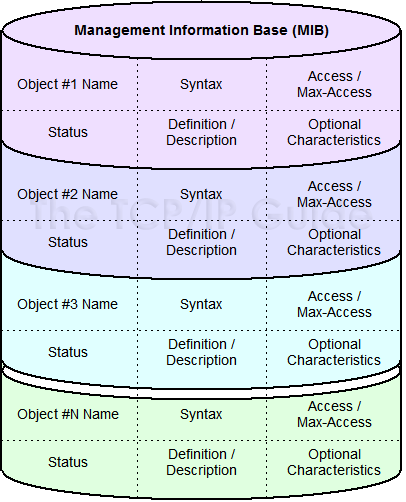 |
|
Please Whitelist This Site?
I know everyone hates ads. But please understand that I am providing premium content for free that takes hundreds of hours of time to research and write. I don't want to go to a pay-only model like some sites, but when more and more people block ads, I end up working for free. And I have a family to support, just like you. :)
If you like The TCP/IP Guide, please consider the download version. It's priced very economically and you can read all of it in a convenient format without ads.
If you want to use this site for free, I'd be grateful if you could add the site to the whitelist for Adblock. To do so, just open the Adblock menu and select "Disable on tcpipguide.com". Or go to the Tools menu and select "Adblock Plus Preferences...". Then click "Add Filter..." at the bottom, and add this string: "@@||tcpipguide.com^$document". Then just click OK.
Thanks for your understanding!
Sincerely, Charles Kozierok
Author and Publisher, The TCP/IP Guide
|
|
|

Custom Search
|
|
TCP/IP MIB Objects, Object Characteristics and Object Types
(Page 1 of 4)
The Internet Standard Management Framework (SNMP Framework) is designed to facilitate the exchange of management information. The Management Information Base (MIB) defines a device's management information. The MIB contains a number of variables called MIB objects; they are also called managed objects. These objects are defined according to the rules set out in the Structure of Management Information (SMI) standard.
The best place to begin looking at MIB objects is by examining the SMI rules that define them. As I mentioned earlier in this section, two different versions of SMI have been created: SMIv1 as part of the original SNMP, and SMIv2 as part of SNMPv2 and SNMPv3. The two are similar in terms of how MIB objects are described, but SMIv2 allows more information to be associated with each object.
Just as a typical protocol uses a field format for specifying the content of messages sent between devices using the protocol, SMI uses a format that specifies the fundamental characteristics of each MIB object. The most basic of these are five mandatory characteristics defined in SMIv1. These are also used in SMIv2, but a couple of names were changed, and the possible values for some of the fields were modified as well. This is shown conceptually in Figure 272.
|
Each object has a name that serves to uniquely identify it. Actually, that's not entirely true. Each object actually has two names: a textual name called an Object Descriptor and a numeric Object Identifier that indicates the object's place in the MIB object name hierarchy. I'm sure that made no sense to you, but that's why I included the next topic discussing object naming that hopefully will (make sense that is.)
|
| |||||||||||||||||||
Home - Table Of Contents - Contact Us
The TCP/IP Guide (http://www.TCPIPGuide.com)
Version 3.0 - Version Date: September 20, 2005
© Copyright 2001-2005 Charles M. Kozierok. All Rights Reserved.
Not responsible for any loss resulting from the use of this site.







